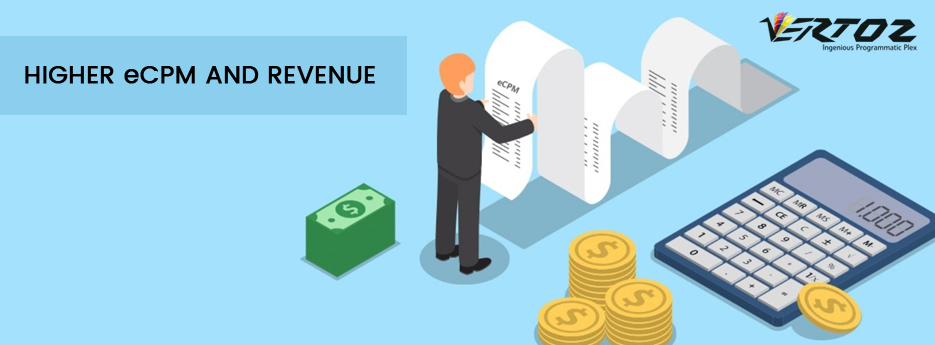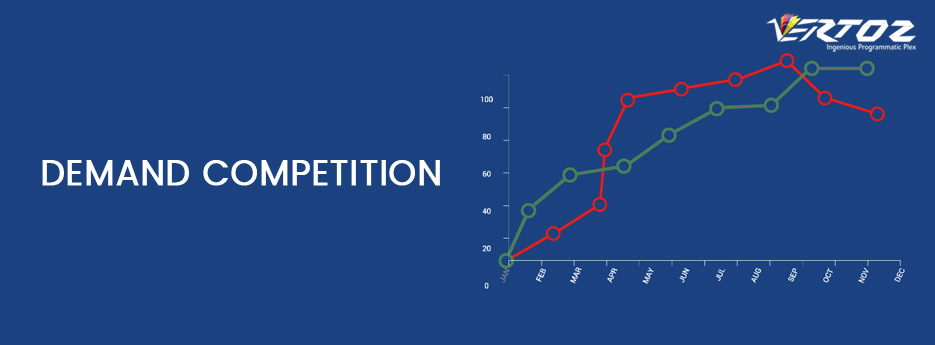
Header bidding is a programmatic technique in which publisher places the header bidding wrapper in the website’s header section. This implementation enables external demand sources to conduct an auction outside of the publisher’s ad server. Publishers can even set the floor price for these external demand sources. Highest bid among all the external demand sources will win the external auction and this winner will subsequently compete with the internal demand sources of the website. Unlike sequential bidding in the waterfall model, header bidding focuses on simultaneous bidding. It is speedier if compared with the traditional waterfall model and also helps the publisher to get better eCPM, reduces impression loss and ultimately yields highest fill rates.
How does Header Bidding works? Step-by-Step Guide
- Publisher needs to implement the header bidding wrapper in the website’s header section with the exchanges’ placement IDs.
- Multiple ad-exchanges will bid against each other outside of the publisher’s ad server. This auction will take place in the user’s browser.
- Ad-exchange with the highest bid will win the auction. This information will be forwarded to the publisher’s ad server.
- Further, this ad-exchange’s bid will compete with other line items- direct demand, internal demand source, etc. This Auction will take place on the publisher’s ad-server.
- The highest bid will win the opportunity to serve the ad.
- This entire process takes place in a blink of an eye. Even before your website finishes loading, ads are served.
Advantages of header bidding for Publishers
Ease of implementation:

Normally publishers need to implement individual ad tag to each ad-spot. In header bidding, the publisher gets the provision to assign multiple demand sources to all the ad-spots in single piece of code which will be implemented in the head section of the website.
Higher eCPM and Revenue:

This technique has helped publishers to double their revenue with the increased eCPM compare to traditional monetization methods.
Demand Competition:

Open competition between external and internal demand sources benefits publishers to understand the value of their inventory which was underrated earlier.
Transparency:

It provides improved transparency about the demand from each partner and facilitates a clear comparison between different demand sources. It also reduces the discrepancy developed through the multiple demand source waterfall model which is indeed causing latency.
Quick Load Time:

Header bidding promises a better user experience and a faster load time for ads. The traditional waterfall model is more time consuming as at every step ad-request is passed on to a different demand source till the ad-spot is filled.
In header bidding is quicker as it focuses on simultaneous bidding between internal and external demand sources. The header bidding wrapper secures the impression and retrieves the ad content as the page is loading.

